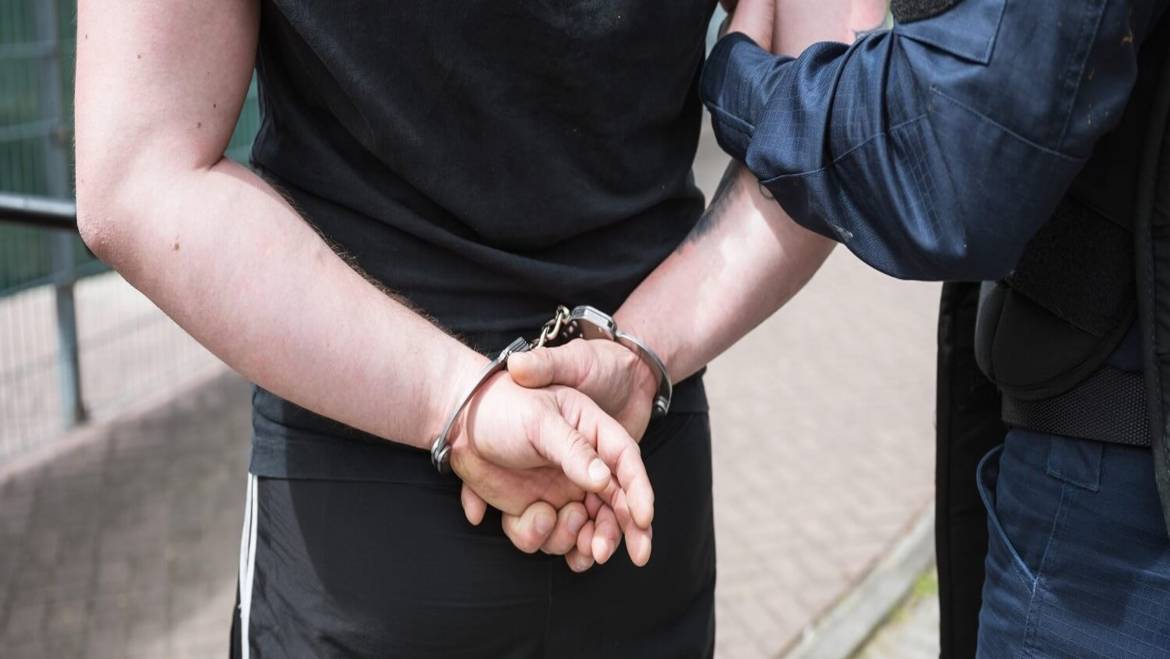Crime prevention includes all the activities that contribute to halting or reducing crime as a social phenomenon. These activities are undertaken by all the actors that are likely to play a preventive role: local politicians, law enforcement agencies and the judicial system, social services, the education system, civil society organisations, industry, banks, the private sector, research workers and scientists and the general public, supported by the media.
A local approach for better results
Crime prevention by nature requires a multi-disciplinary approach. Hence, numerous national policies contribute to crime prevention: criminal law, social policy, education, town planning, taxation, local authorities etc. With regard to general crime, most effective preventive action should take place as close as possible to the grassroots level. This is reflected by the emergence of multiple local initiatives, “community policing” practices, which involve the police forces, local authorities, businesses, associations and citizens.
Supporting measures
So far, EU States have had primary responsibility for crime prevention matters. With the entry into force of the Lisbon Treaty (Art. 84 TFEU), the EU now has the possibility to establish measures to promote and support EU States’ actions in this field.
The EU focuses on facilitating exchanges of experience and best practices to mitigate factors which encourage crime and recidivism or which put a person in a vulnerable situation and to prevent corruption as well as criminal infiltration of the economy and society. In addition, the EU has started to introduce, on a systematic basis, solid preventive provisions in its flagship initiatives, ranging from anti-drugs policy to cybercrime, trafficking in human beings and child pornography.
European Networks
Since 2001, the European Crime Prevention Network (EUCPN) has offered an EU-wide platform for exchanging best practices, research and information on different aspects of local crime prevention. Although covering all types of criminality, the Network pays particular attention to the fields of juvenile, urban and drug-related crimes. The Network’s website contains a rich database on national strategic orientations and projects undertaken in different areas of crime such as burglary, business crime, neighbourhood policing, school violence and different categories of organised crime.
Modern organised crime requires a multi-disciplinary approach to effectively prevent and counter it. Therefore, the EU promotes the “administrative approach”, a method whereby local authorities, in collaboration with law enforcement authorities and civil society, use administrative tools such as procedures for obtaining permits, tenders and subsidies to prevent organised crime infiltration of legal businesses and administrative infrastructure. The administrative approach is being developed at different speeds in the EU. In order to further develop and implement the approach in EU Member States, the Commission has facilitated the establishment of the European Network on the Administrative Approach (ENAA) . In addition, Europol has offered its Platform for Experts to share administrative approach initiatives between EU MS at a more operational level.
Funding
The Programme for the Prevention of and Fight against Crime (ISEC) allocated an action grant to Belgium, which is now hosting the professional secretariat of EUCPN and will further develop the Network. In addition, ISEC is funding a wide range of smaller crime prevention projects. Other crime prevention activities can be supported by a number of EU financial instruments, such as the Daphne III Programme, the 7th Framework Research Programme, structural funds and other programmes related to integration and education.


Add Comment